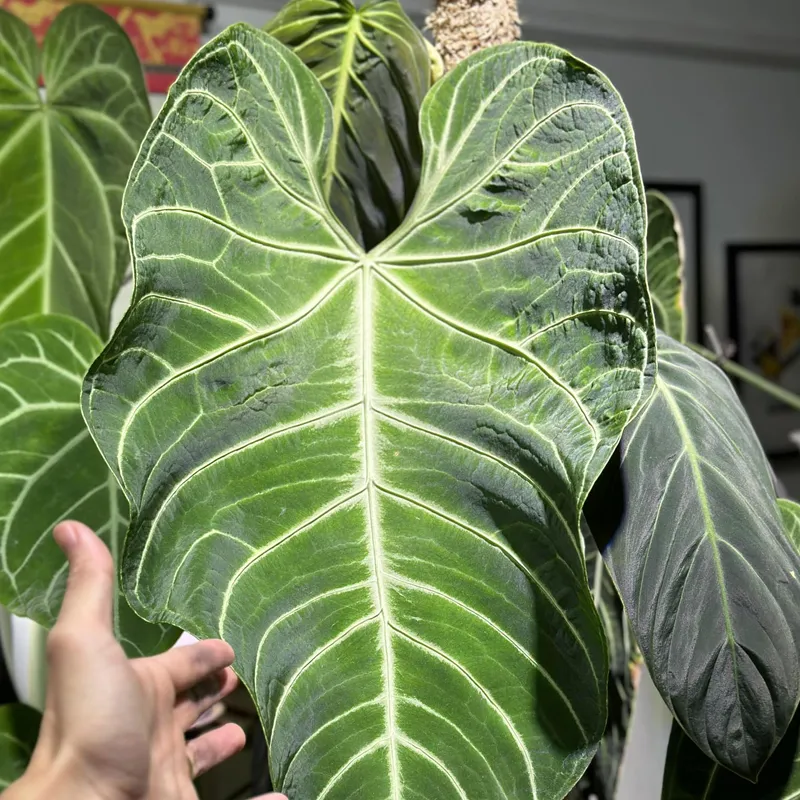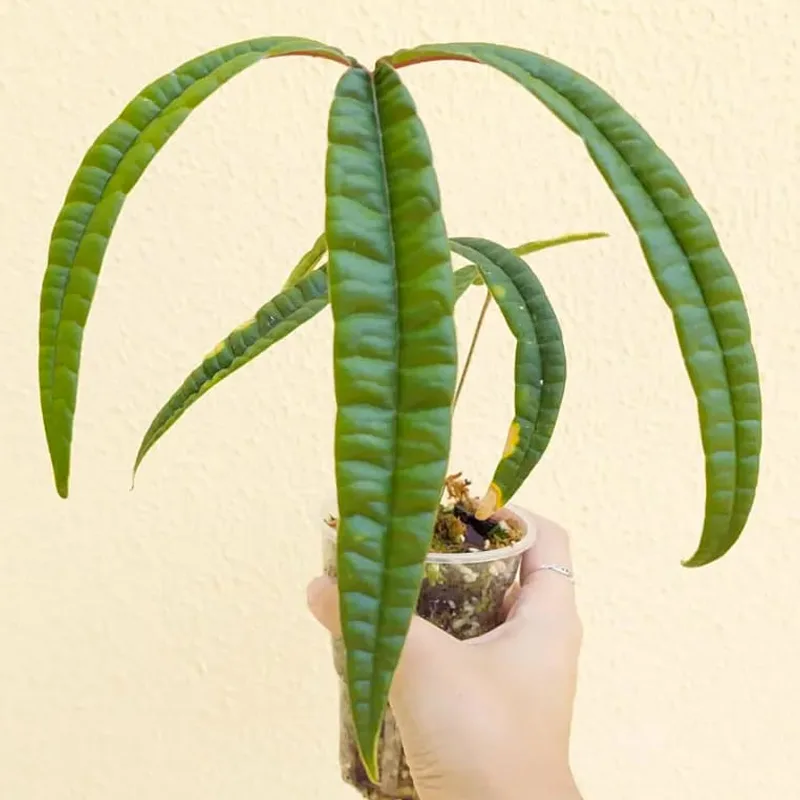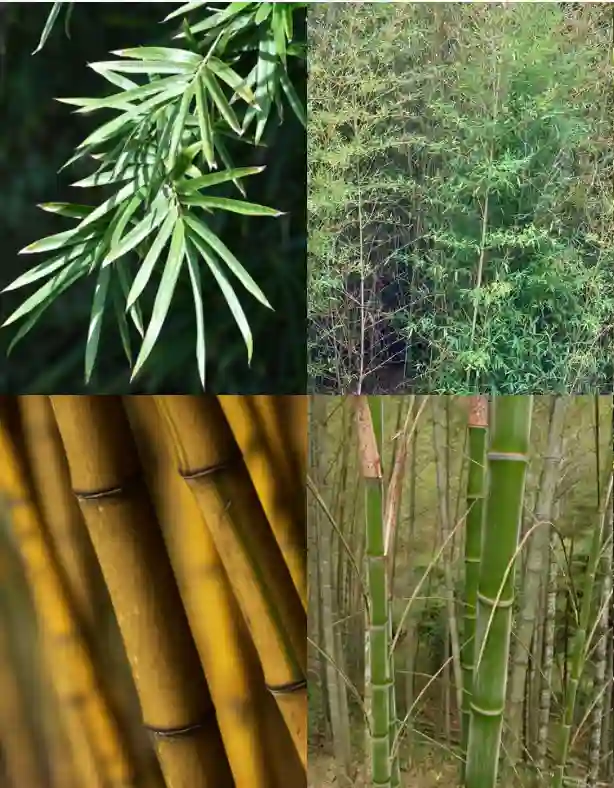Exploring the Balanopaceae Family: A Personal Journey
As a plant enthusiast, I’ve often found myself drawn to the lesser-known families of the plant kingdom. One such family that has piqued my interest is the Balanopaceae family, which includes the unique genus Balanops. My exploration of this family has not only expanded my knowledge but also deepened my appreciation for the intricate relationships in nature.
Understanding the Balanopaceae Family
The Balanopaceae family is quite fascinating due to its distinctive characteristics. This family consists primarily of tropical trees and shrubs found in various regions, particularly in the moist forests of Southeast Asia and the Pacific Islands. Balanopaceae is known for its unique adaptations and ecological significance. Each species within this family plays a vital role in its ecosystem, contributing to biodiversity and habitat stability.
During my research, I learned that the Balanops genus includes several species, with Balanops australiana being one of the most notable. This species is indigenous to Australia and stands out for its striking appearance and adaptability to various environments. What intrigues me most is how these plants have evolved over time to thrive in their specific habitats.
Key Characteristics of Balanops
The Balanops genus is known for its peculiar features. The plants exhibit thick, leathery leaves that help reduce water loss—a crucial adaptation for surviving in tropical climates. I find the leaf structure fascinating because it reveals how nature has crafted each plant to meet the demands of its environment.
Additionally, the reproductive system of Balanops species is unique. These plants are dioecious, meaning they have distinct male and female individuals. This sexual dimorphism often fascinates botanists and plant lovers alike. I remember the first time I learned about dioecious plants; it sparked my curiosity about how they reproduce and how this affects their overall population dynamics.
Ecological Significance of Balanops
The ecological importance of the Balanopaceae family cannot be overstated. These plants provide essential habitat and food for various wildlife species. I often think about how interconnected our ecosystems are, and Balanops serves as a perfect example of this. For instance, the flowers attract pollinators, while the fruits provide nourishment for birds and other animals.
My explorations in botanical gardens and nature reserves have allowed me to witness the impact of Balanops on local ecosystems firsthand. Observing how animals interact with these plants has further reinforced my belief in the need to conserve such species. Protecting their habitats not only safeguards the plants themselves but also the myriad of creatures that rely on them for survival.
Cultivation and Uses of Balanops
While many people may not be familiar with the Balanopaceae family, I have discovered that there are cultivation opportunities for Balanops species. These plants can be attractive additions to tropical gardens, given their unique foliage and growth habits. I’ve considered incorporating them into my garden, where their resilience could bring both beauty and ecological benefits.
Balanops has also been utilized in traditional medicine in various cultures. I find it intriguing how indigenous peoples have tapped into the medicinal properties of these plants for generations. Understanding these traditional uses can offer valuable insights into modern botanical practices and even inspire new avenues for research.
Conservation Efforts
Unfortunately, like many plant families, Balanopaceae faces threats from habitat destruction and climate change. My journey has led me to become an advocate for conservation efforts. It’s crucial to raise awareness about the importance of preserving these unique species and their habitats. Participating in local conservation projects has opened my eyes to the collective impact we can have on safeguarding our planet’s biodiversity.
I’ve engaged with various organizations focused on conservation and biodiversity. Each experience has reinforced my commitment to not just appreciate these plants but also actively contribute to their preservation. I encourage fellow plant enthusiasts to delve into the world of lesser-known species, as they often hold the keys to understanding broader ecological principles.
Conclusion: A Call to Action
In my exploration of the Balanopaceae family and its genus Balanops, I’ve come to appreciate the complexity and beauty of our natural world. These plants are more than just specimens; they are vital components of our ecosystems, offering insights into adaptation, resilience, and the interdependence of life.
As I reflect on my journey, I encourage you to seek out information about these fascinating plants. Whether through visiting botanical gardens, reading scientific literature, or participating in conservation initiatives, there are countless ways to engage with the world of Balanopaceae. Together, we can cultivate a greater understanding and appreciation for the diversity of life on our planet. Let’s make a difference—one plant at a time.
If i die, water my plants!



